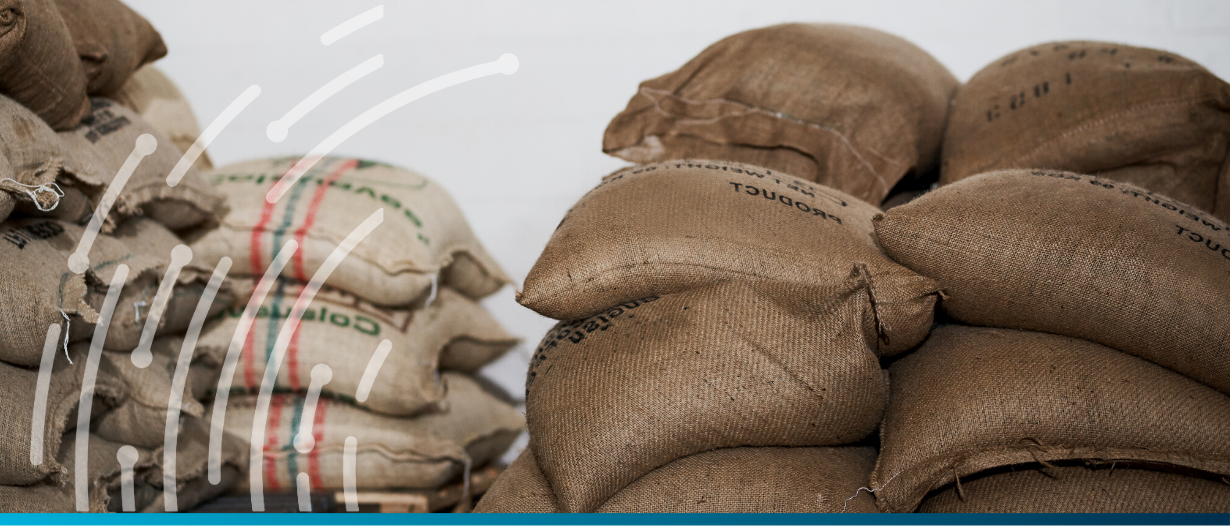Tom Vilsack, the Secretary of Agriculture, revealed that the United States Department of Agriculture (USDA) will allocate $2.3 billion to assist American agricultural producers in sustaining and expanding their market reach, as well as using American commodities to enhance international food aid efforts.
In line with a cross-party request from the Senate Committee on Agriculture, Nutrition, and Forestry, the USDA is deploying resources from the Commodity Credit Corporation (CCC) to tackle issues related to trade and global food insecurity that affect both American and international farmers.
The USDA’s financial commitment includes:
- $1.3 billion designated for the Regional Agricultural Promotion Program and backing for specialty crop sectors to broaden export markets.
- $1 billion to contribute to the global fight against hunger.
Secretary Vilsack said, “The Commodity Credit Corporation continues to address the needs of American producers as significant and unpredictable challenges arise, including impacts to international commodities markets and global food insecurity in the wake of ongoing conflict and a changing climate.”
“The Commodity Credit Corporation and USDA’s market development and aid programs are critically important at this time, and with this additional support we can strengthen U.S agriculture’s presence in existing markets, open up new market opportunities, and build on our relationships and connections to ensure that high-quality American agriculture and food products reach where they are needed in the world.”
The announcement was made by Secretary Vilsack as part of the annual Borlaug Dialogue of the World Food Prize, held in Des Moines, Iowa. This event gathers global leaders and experts to discuss worldwide food security issues.
The revelation coincides with the 90th anniversary of the CCC, established on October 17, 1933, as a response to the Great Depression and the Dust Bowl’s catastrophic effects on agricultural operations.
For nine decades, the CCC has been instrumental in stabilising markets, supporting farmers’ income and prices, and facilitating the marketing of agricultural products.
Regional Agricultural Promotion Program
The projected agricultural trade deficit for FY23 stands at $19 billion, expected to rise to $27.5 billion in FY24. With growing competition in Asian and African export markets, there is a pressing need for additional investment in market development.
Studies indicate that every dollar invested in export market development amplifies exports by $24.50. This increase in exports directly benefits producers.
Investment in trade promotion sustains existing markets and opens doors to new ones, while also reducing dependency on a few large markets by diversifying into non-traditional ones.
A new investment of $1.3 billion in the Regional Agricultural Promotion Program (RAPP) aims to help exporters penetrate new markets and expand their share in burgeoning markets.
Additionally, targeted technical assistance for the specialty crops sector will facilitate entry into markets that often set up challenging non-tariff barriers. In response to the trade conflict with China five years ago, the USDA initiated the Agricultural Trade Promotion Program (ATP), the funds for which will expire next year.
Many exporters are already scaling back their operations due to this. The RAPP aims to mitigate this impending loss and maintain crucial market relationships.
International food aid
The recent disruptions in supply chains and persistent conflicts have worsened an already critical global food insecurity situation. According to the Global Report on Food Crises and FAO, an estimated 205 million people require urgent food aid, while around 768 million people suffer from chronic hunger.
The US produces more food than it consumes, offering a unique opportunity to extend this surplus through USDA donations to those in dire need.
In collaboration with USAID, the leading federal agency for international emergency food aid, the USDA will purchase commodities to ensure they reach the most vulnerable populations worldwide.
The $1 billion contribution will augment ongoing initiatives to combat global hunger and will also benefit US agriculture by purchasing excess commodities. Stakeholders in US agriculture are keen to contribute to alleviating ongoing global hunger caused by conflicts, droughts, and other challenges.
The additional commodities will serve to fill critical resource gaps at this crucial time.



























